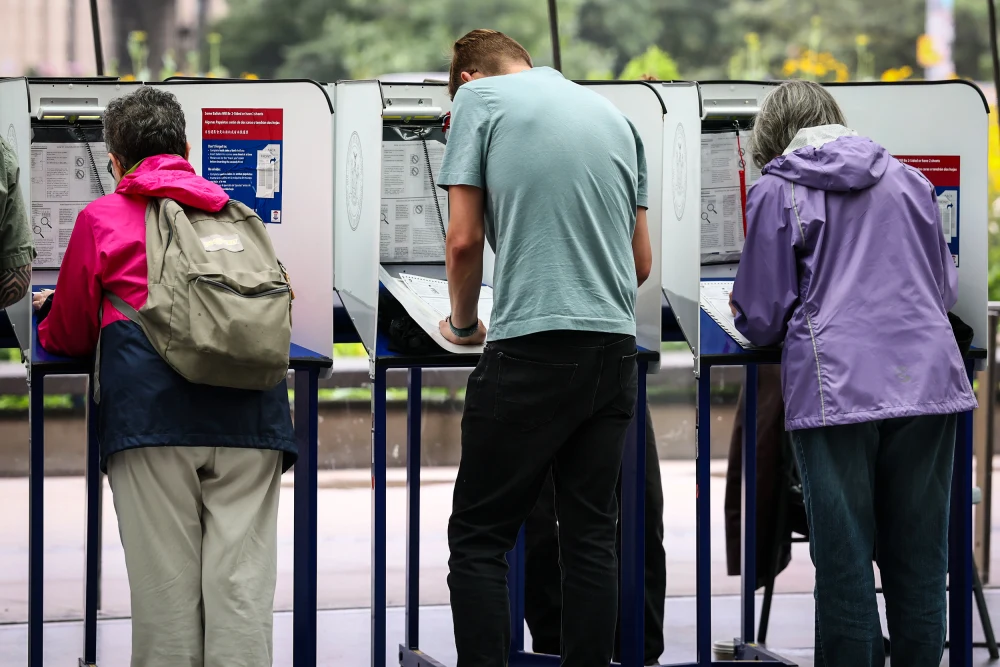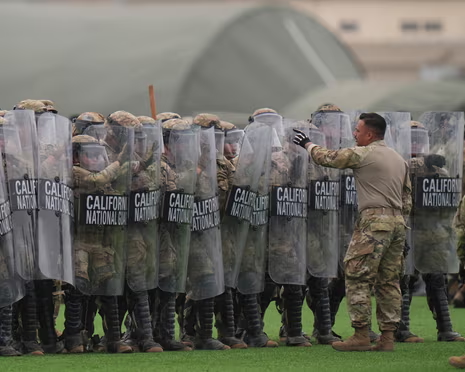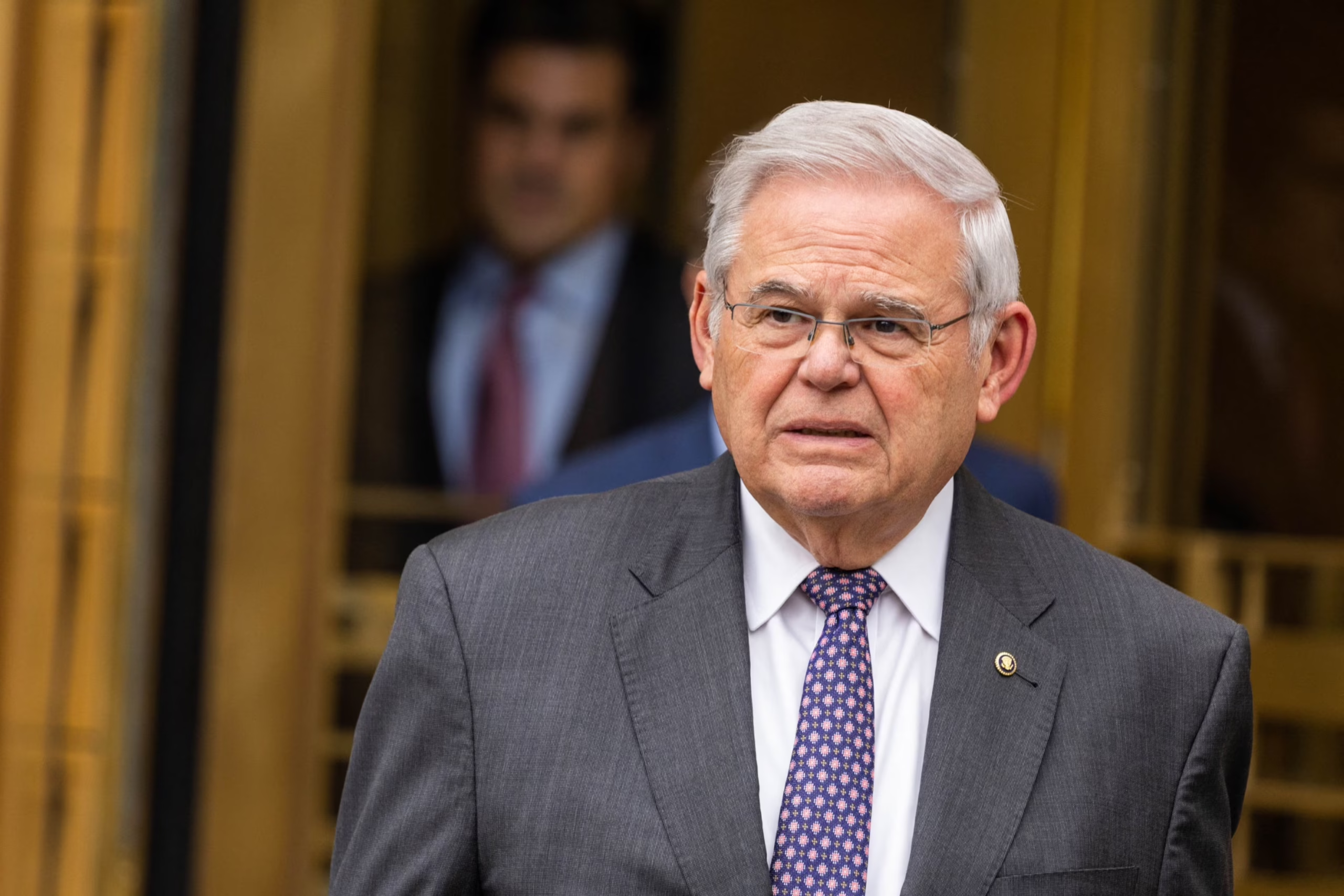As New York City gears up for its primary elections, voters will once again use ranked-choice voting (RCV), a system that changes how votes are cast and counted.
Instead of selecting just one candidate, voters can rank up to five candidates in order of preference. If no candidate receives more than 50% of the first-choice votes, the candidate with the fewest votes is eliminated. The votes for that eliminated candidate are then redistributed to voters’ next-ranked choices. This process continues until one candidate has a majority.
The system, used in NYC since 2021, is designed to reflect broader voter support and avoid runoffs. Supporters say RCV encourages more civil campaigning, since candidates benefit from being a second or third choice for their opponents’ supporters. It also allows voters to express a fuller range of preferences.
Critics argue the method can be confusing and that it may disadvantage voters unfamiliar with the process. However, election officials in New York have increased outreach and education efforts to ensure voters are informed ahead of Tuesday’s primary.
Ranked-choice voting is used in several cities across the U.S., and its adoption is growing. As NYC heads into its next election using this method, it remains one of the most closely watched examples of how the system functions in a major urban setting.



